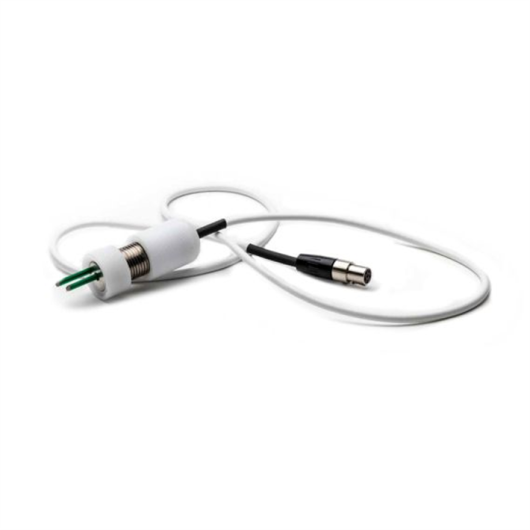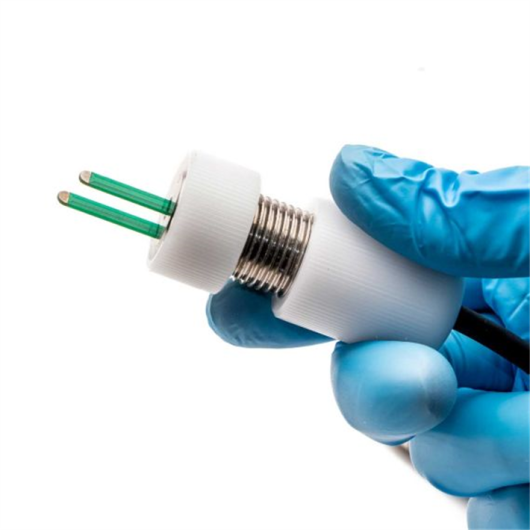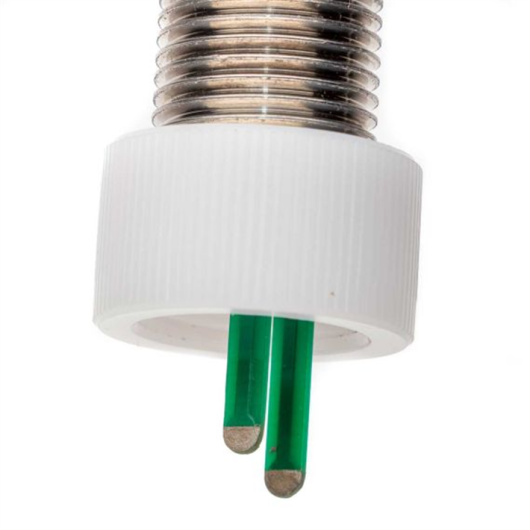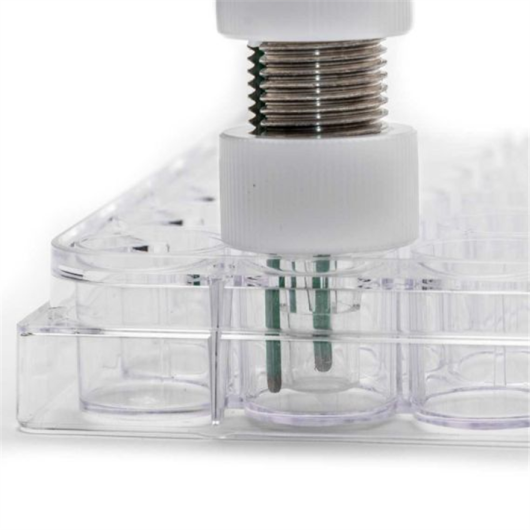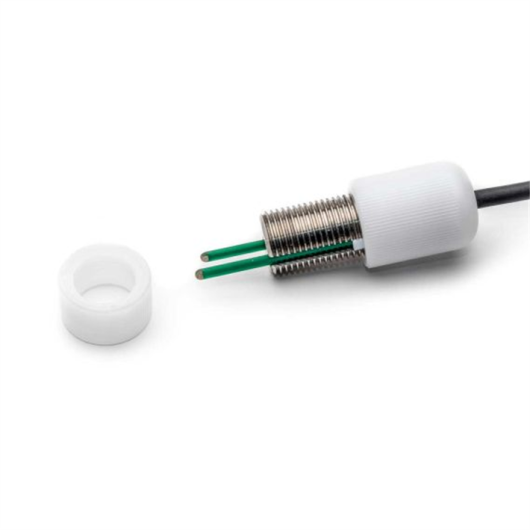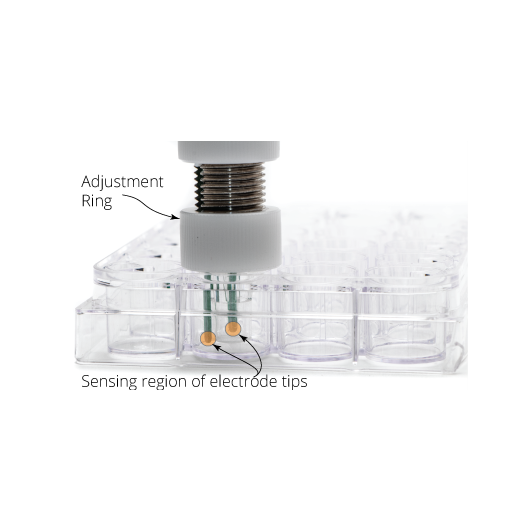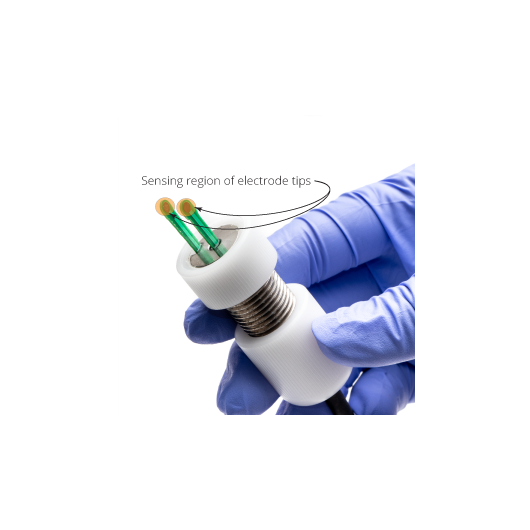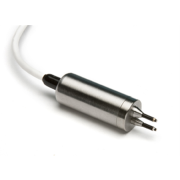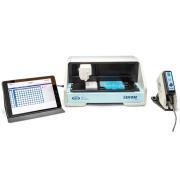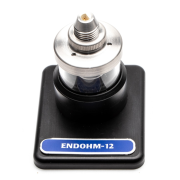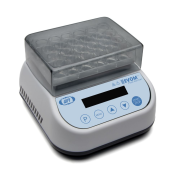







World Precision Instruments
STX4 electrode for manual EVOM™ TEER systems
Šifra EVM-EL-03-03-01
The STX4 electrode is the most recent version of chopstick electrode for the EVOM3 and EVOM™ Manual and it is designed to facilitate measurements of voltage (potential difference: PD) and resistance (transepithelial electrical resistance: TEER) of cultured epithelia (cellular layer) grown onto permeable membrane inserts in 12- and 24-well tissue culture plates. STX4 can measure directly inside the well plates with 12 and 24 inserts. The STX4 is designed primarily for 24-well hanging inserts or transwells (e.g., Corning 3470), and the electrode’s best performance can be seen in this format.
To use with legacy meters including the EVOM2 order adapter cable EVM-AC-02-01-01.
Saznajte više
Značajke
Benefits of STX4 electrodes
- Replaceable blades – This new STX4 electrode has replaceable electrode blades.
- No chloriding necessary – Electrode tips are specially coated, requiring no chloriding (maintenance step) to ensure proper electrode functionality when measuring TEER of cellular layers like epithelial cultures. Chloriding was necessary for the STX2-PLUS.
- Less liquid volume needed – This electrode requires with less liquid volumes than required for STX2-PLUS electrode to keep the tips immersed and able to provide stable readouts.
- Hands-free operation – The STX4 electrode fits perfectly in 24-well hanging transwells cell culture well plates and can stay hung on top of these transwells, allowing for hands-free operation.
- Greater precision – The STX4 electrode offers better TEER measurement precision, because it eliminates the variability factors resulting from change in electrode spacing and positioning as seen with STX2 electrode.
- Shielded from radio frequency interference (RFI) – This STX4 electrode has a shielded cable and eliminates or minimizes any interference (from electrical sources or cell phones) affecting the TEER measurement read-outs.
NOTE
- Electrode blades are replaceable. Over a period of use (after months or years) when the electrodes may have formed deposits from media or samples and may start showing reading instability, you may change the blades without having to replace the entire electrode.
Regular or daily cleaning after use will extend the functional life of the electrode blades.
-
The electrode tip is specially coated and does not need to be chlorided with bleach or sodium hypochlorite for proper functioning, and it is not affected by chloriding either. Chloriding was critical for the previous model (STX2-PLUS electrodes) to maintain its functionality.
Preuzimanje datoteka
Povezani proizvodi

